Practice reading and spelling soft g words and hard g words with a list of 50 words.
Read, Write, and Speak the Sounds of Hard G and Soft G
There are numerous letters in the English language that have the ability to make more than one sound. One such example is the letter G. The letter G can make a /g/ sound, as in “goat.” It can also make a /j/ sound, as in “gel.” These sounds are often called the “hard and soft g” sounds.
This list of 40 hard and soft g words has been compiled to assist you in implementing your phonics program in your classroom. It includes a range of one- and two-syllable words. Some of the words included in the list are:
- Words with Hard G: go, gum, goat, frog, bag.
- Words with Soft G: gem, age, huge, gel, energy.
Multiple Applications for This Soft G vs. Hard G Word List
This list of hard and soft g words can be used in numerous ways to support the diverse needs of your learners during your literacy sessions. Here are some of our suggestions:
Teach the Hard G vs. Soft G Rule
Did you know there is a rule to help students identify when the letter G says /g/ and when it says /j/? The rule “G says /j/ before e, i, and y” can be used as a guide to help students remember which sound the letter G is making in a particular word. Project the word list onto your interactive whiteboard, then have your students identify the words that follow this rule. Are there any rule breakers among the list of words?
Individual Hard and Soft G Words Reading Practice
Send the lists home so your students can revise decoding (reading) and encoding (spelling) the hard and soft g words on the list. Be sure to include only words containing letter-sound correspondences you have already addressed in class.
Listening Games using Words with Soft G and Hard G
Read out words from the list and have your students listen for the hard or soft g sound. Have them indicate which sound they hear in the word, e.g., put hands on their heads if they hear a hard g sound or hands on their stomachs if they hear a soft g sound. This enables the teacher to identify the students who may need additional support with the concept.
Easily Download This Resource for Your Students
Use the Download button to access this resource’s PDF or editable Google Slides version.
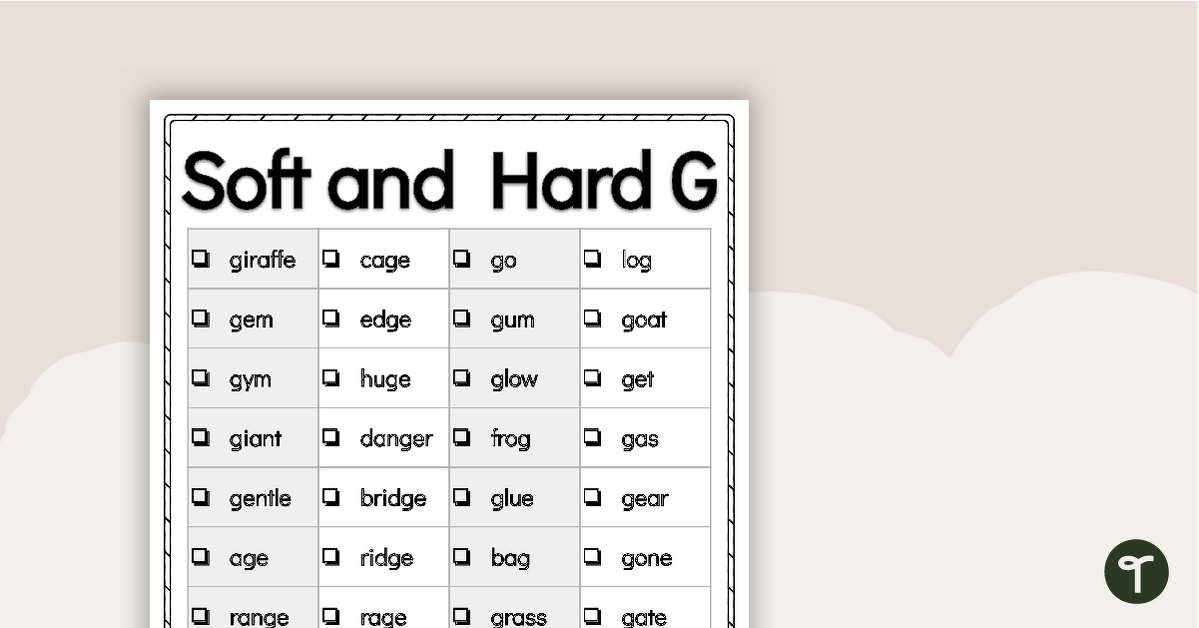

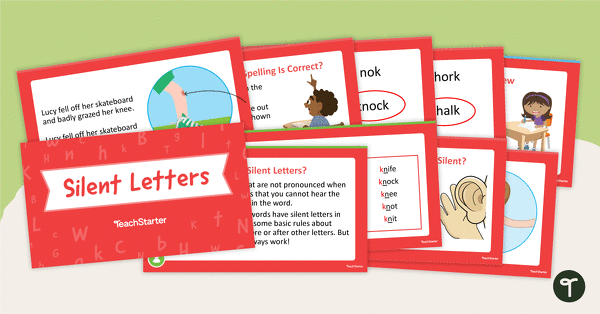
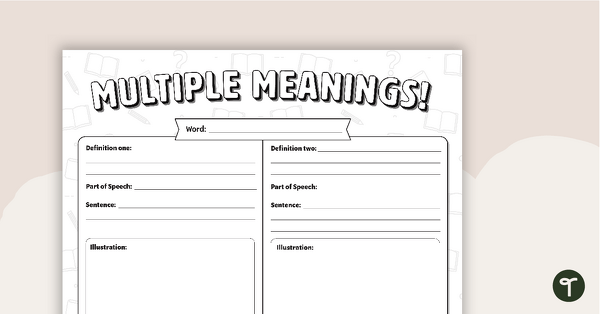
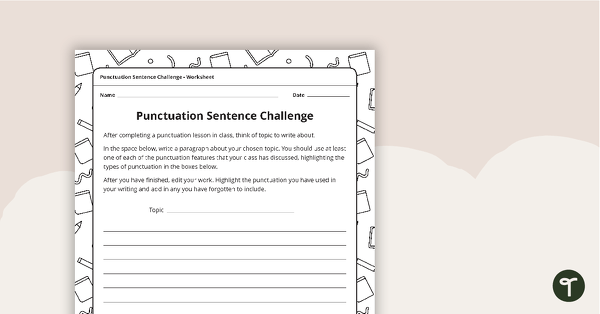
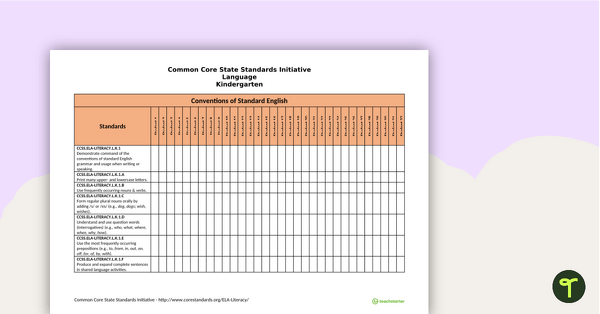
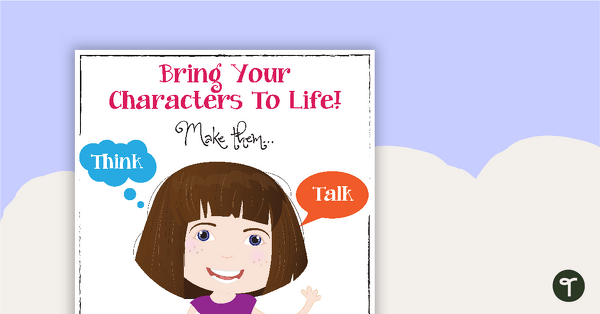
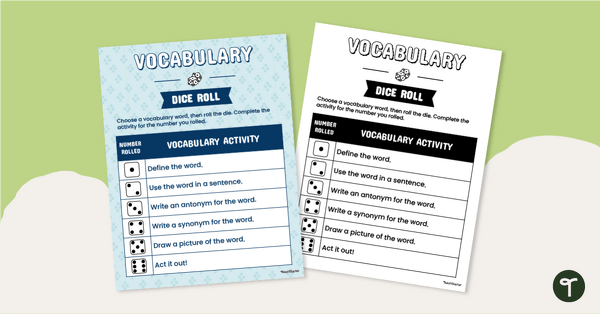
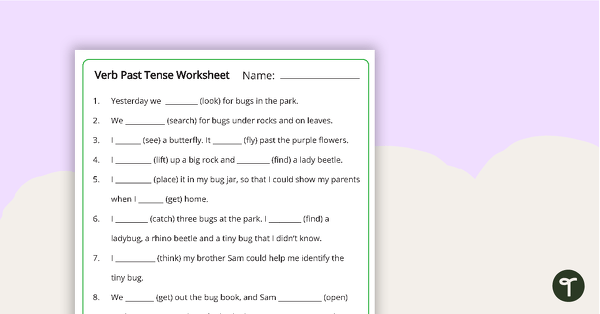
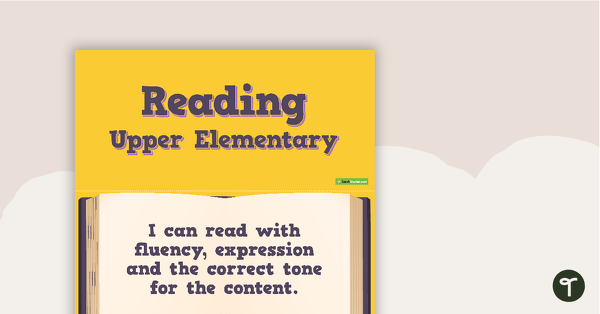
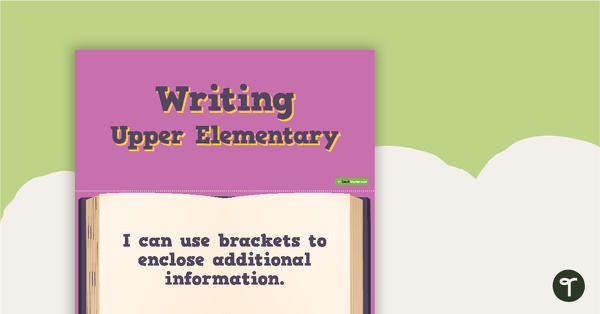
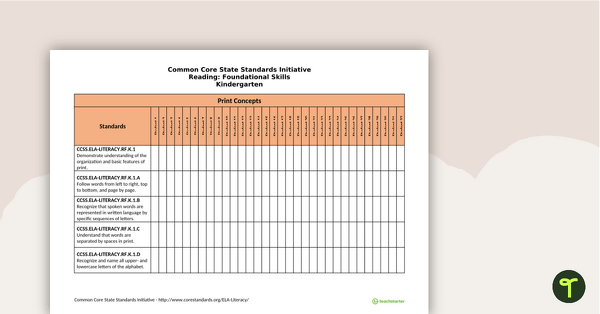
0 Comments
Write a review to help other teachers and parents like yourself. If you'd like to request a change to this resource, or report an error, select the corresponding tab above.